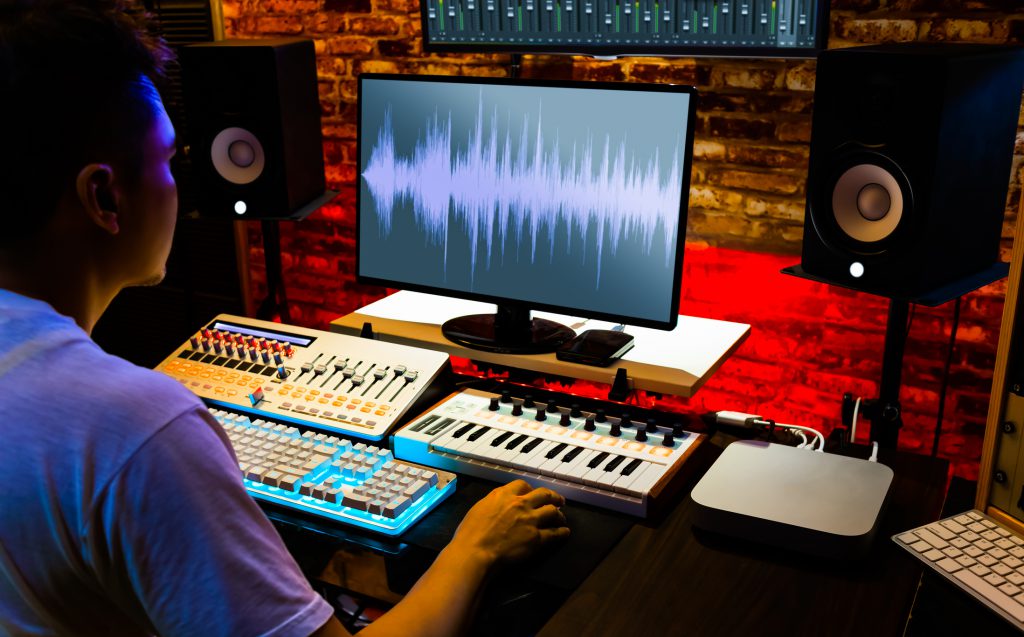
A professional sound technician knows that audio needs very special treatment from the first moment it is produced until it is edited and prepared for mastering. This is why it is very important to know the physics of sound, but also to know the technical characteristics of digital audio and the different options offered by DAWs.
Towards the end of the mixing process, when a track is balanced and as clean as possible, comes the last step before sending it to mastering.
This is the export on our workstation -or production music library– from the software we are using, which being so varied offers many options and we are going to explain you how to do it in the most used programs in the industry and which is the best configuration for mastering.
To start exporting or bouncing means to convert our project with all its tracks to a digital file that is readable by a computer. The term bounce comes from the analog era of sound, when sound technicians had limited space to record on magnetic tapes so they used their consoles to mix several tracks into one. This procedure was called “bouncing down”.
Nowadays, almost all audio software works in a similar way and when exporting they allow you to choose the settings for that export. The idea is that the sound engineer can choose the best one depending on the destination of that file, using one for testing, another for listening or the mastering process.
Although the process is different in each DAW, there are certain parameters that must always be taken into account in any export.
The resolution of our file has to do with the sampling frequency and bit depth. The important thing is not to choose a lower resolution than the one we use in our project during the mixing because the DAW will have to compile more information in a smaller space. The best option is the 32 bits one whenever it is available and it is due to the dithering.
The format of the file we export to the production music library must also be taken into account. The ideal is to use WAV or AIFF because they do not make any compression and therefore there is no loss of information. These are the best formats when exporting for mastering.
On the other hand, you should not normalize your audio when exporting for mastering because this process needs space available in the song to make adjustments and normalizing increases the gain of the file. Also, if we want a stereo we will use the interleaving option and if we export our tracks one by one, the multiple mono option.
Finally, you can make offline and real time exports. The difference is in the time it takes and the power of our computer. Real-time export writes the file at playback speed, which is slow but more fail-safe for production music library. The offline mode makes it much faster but can generate errors with high CPU consumption plugins.